-
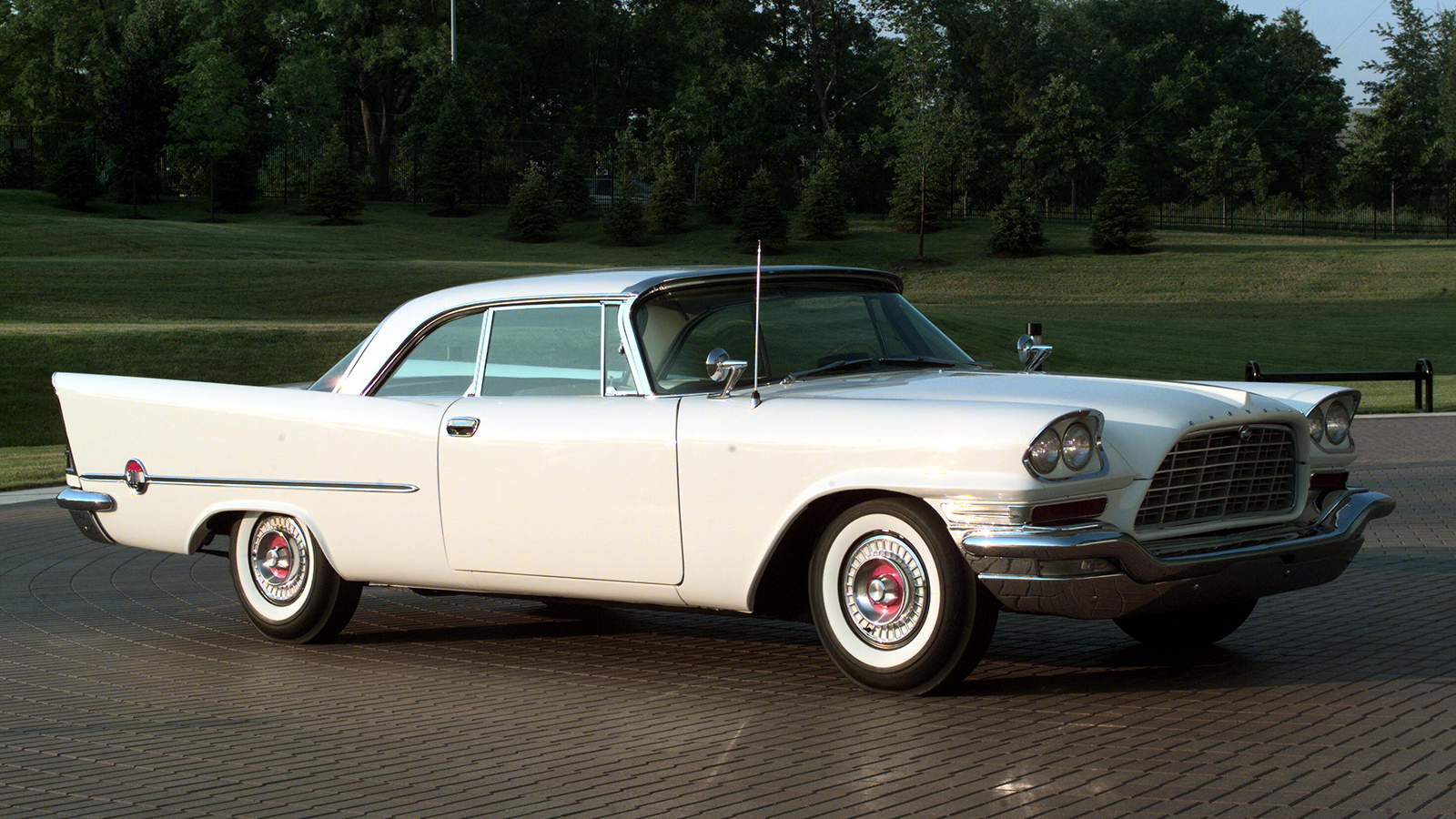 © Stellantis Historical Services
© Stellantis Historical Services -
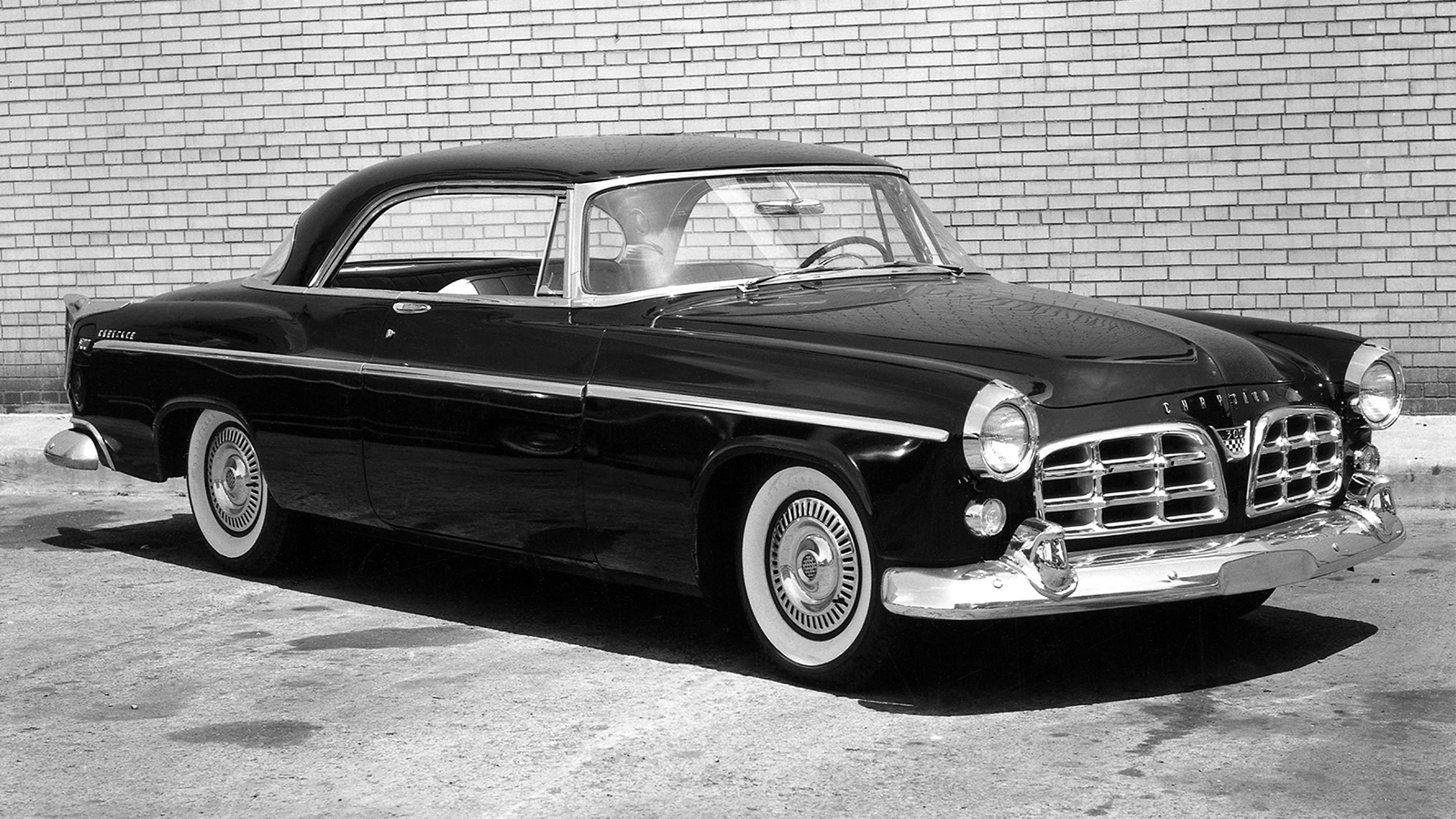 © Stellantis Historical Services
© Stellantis Historical Services -
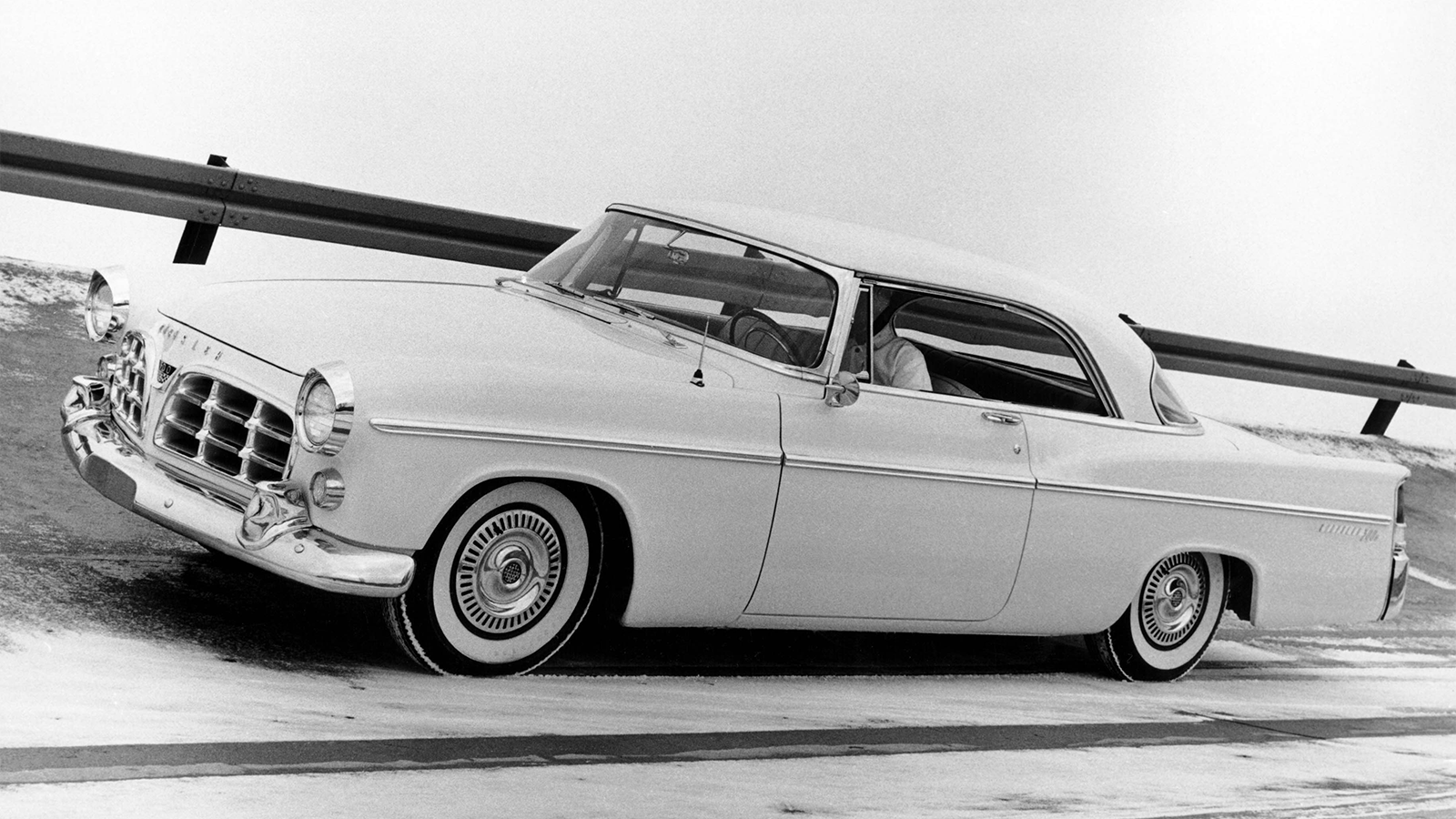 © Stellantis Historical Services
© Stellantis Historical Services -
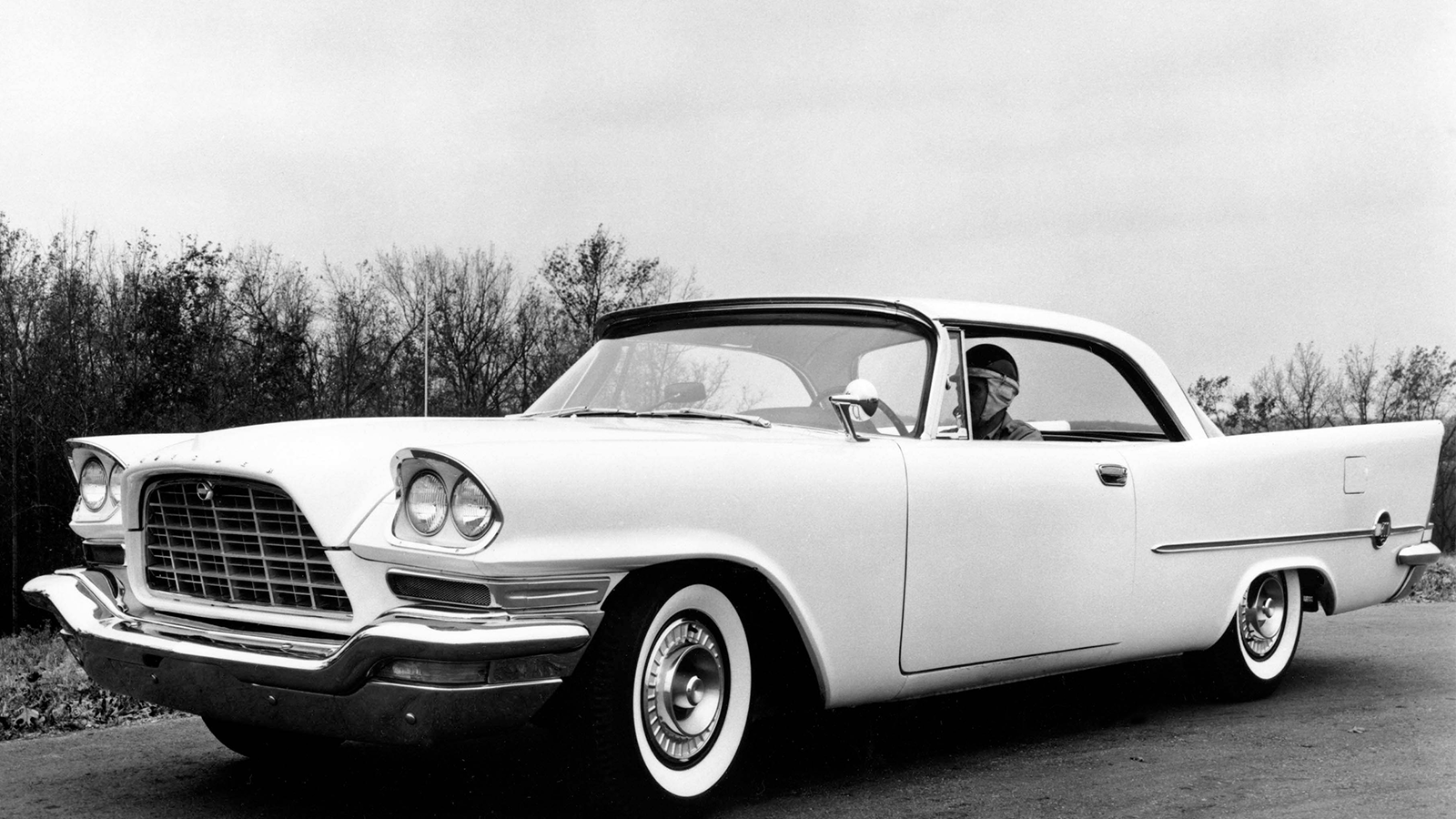 © Stellantis Historical Services
© Stellantis Historical Services -
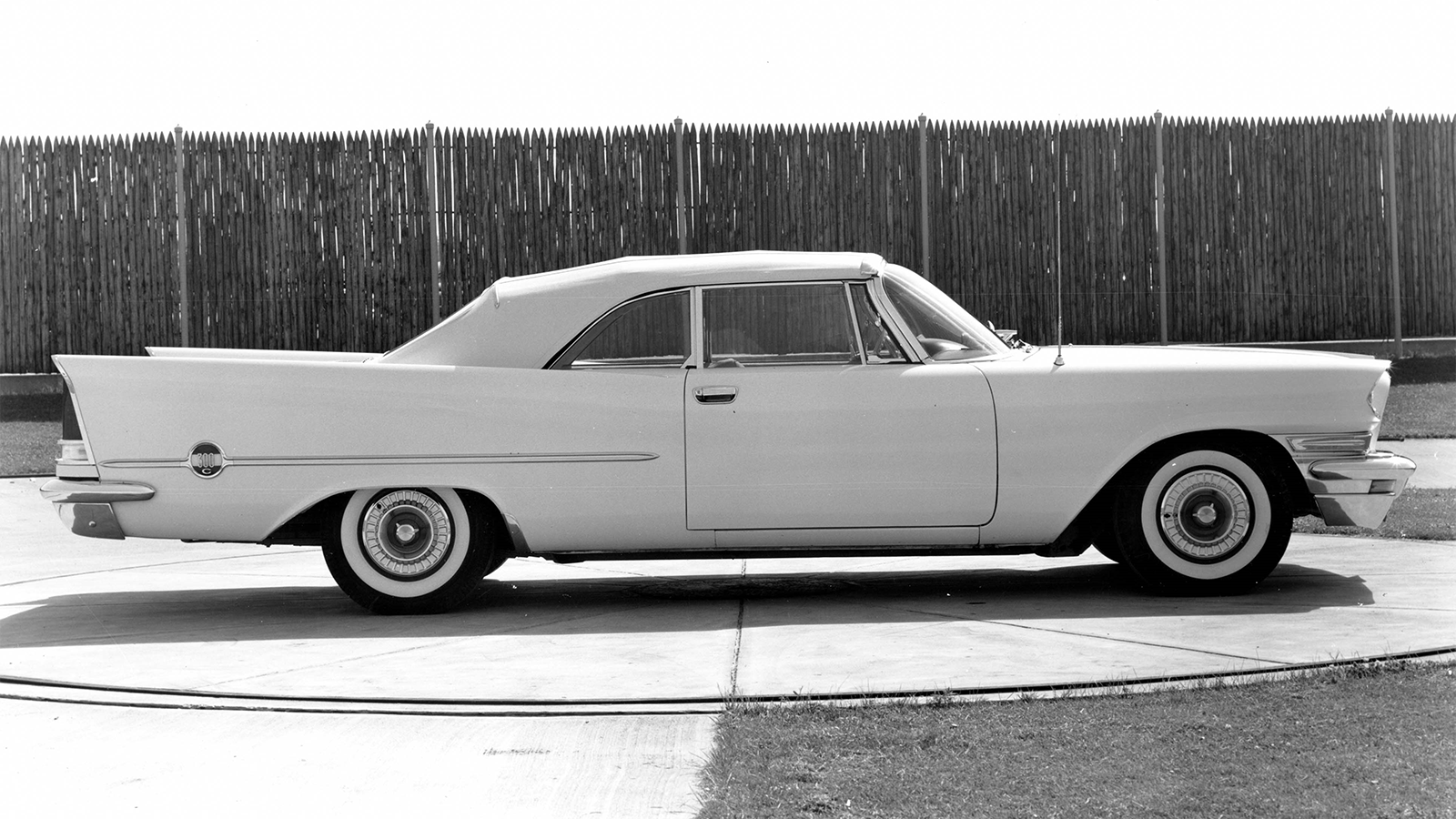 © Stellantis Historical Services
© Stellantis Historical Services -
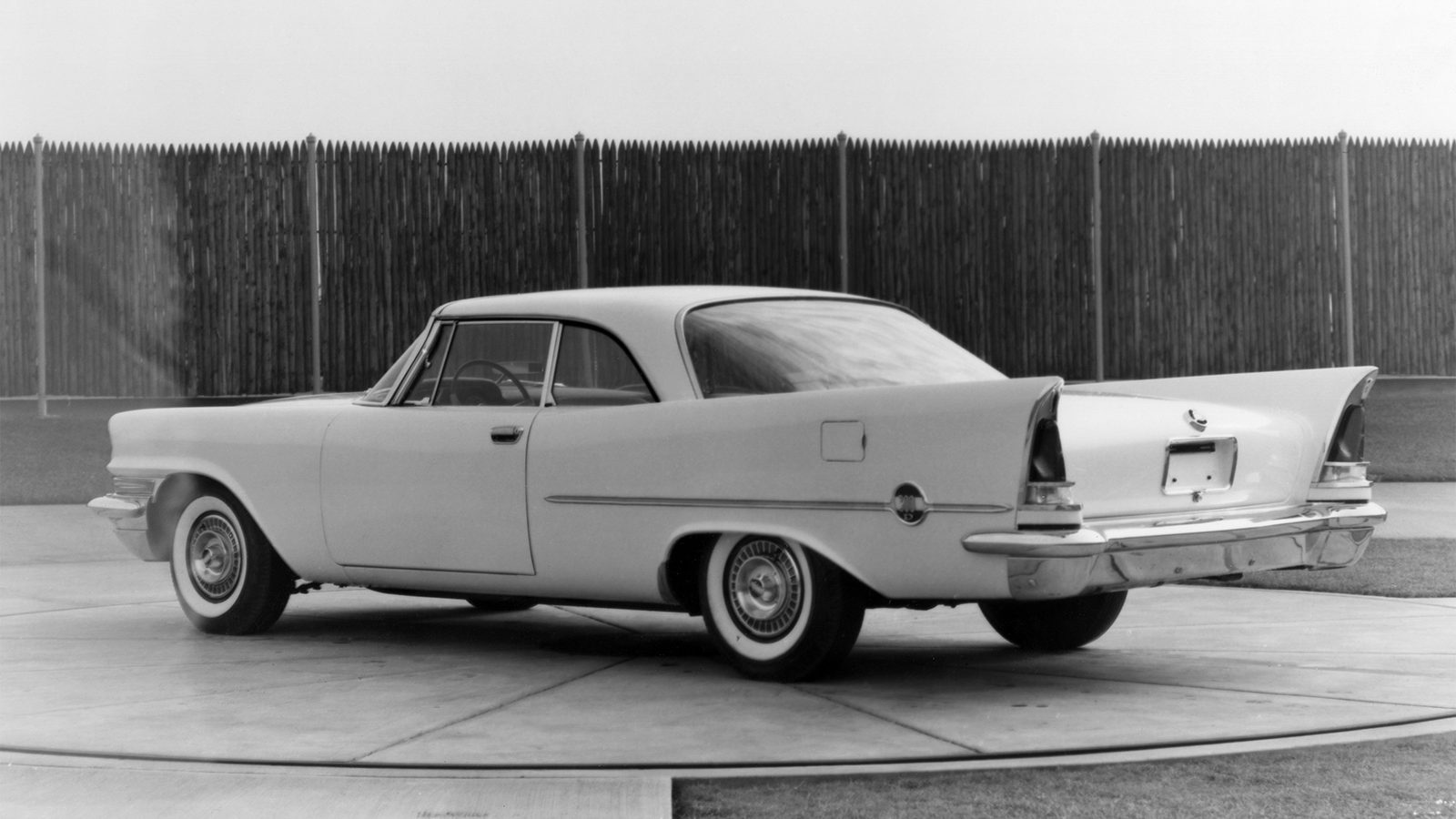 © Stellantis Historical Services
© Stellantis Historical Services -
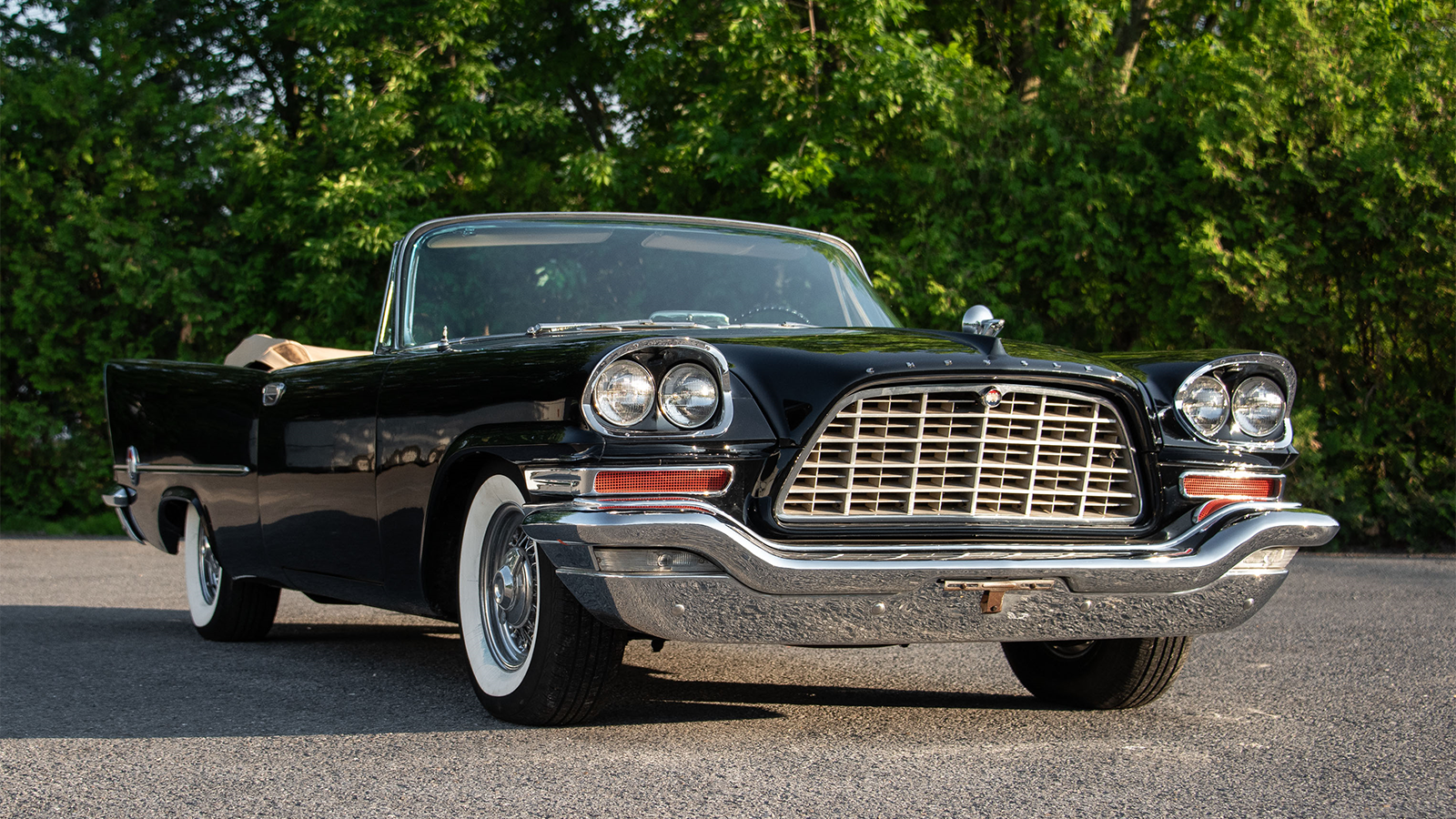 © Darin Schnabel/RM Sotheby’s
© Darin Schnabel/RM Sotheby’s -
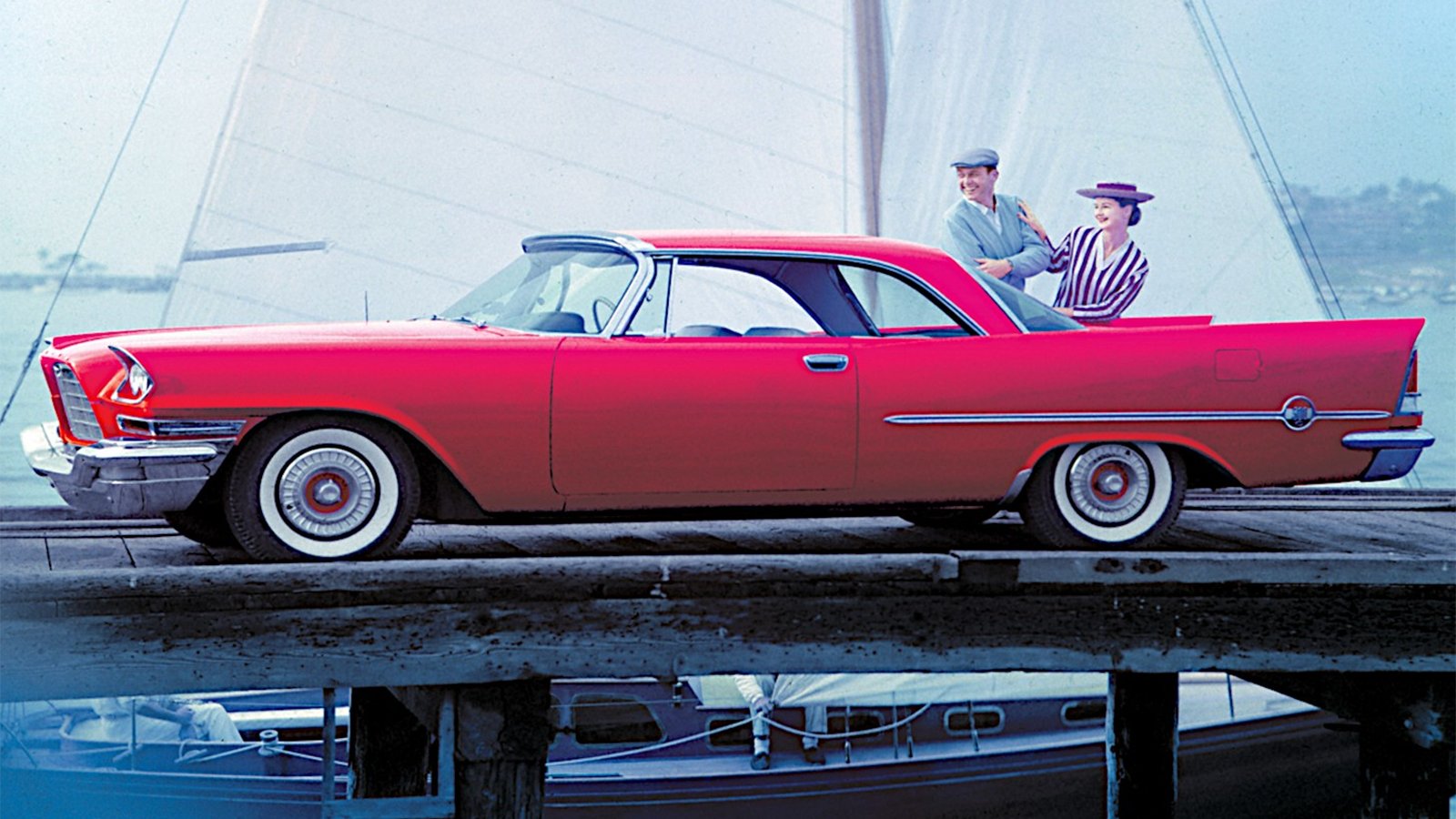 © Stellantis Historical Services
© Stellantis Historical Services -
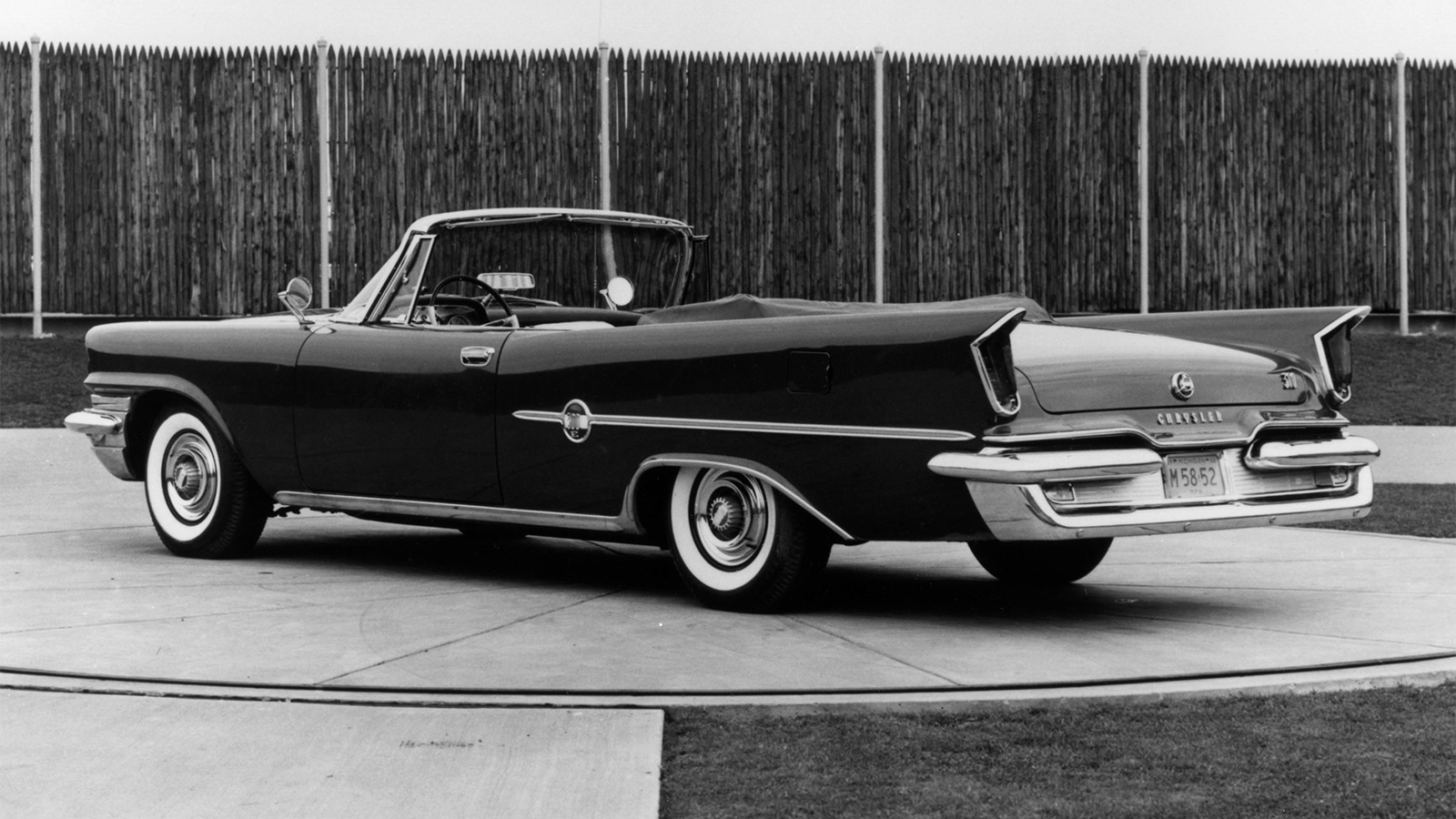 © Stellantis Historical Services
© Stellantis Historical Services -
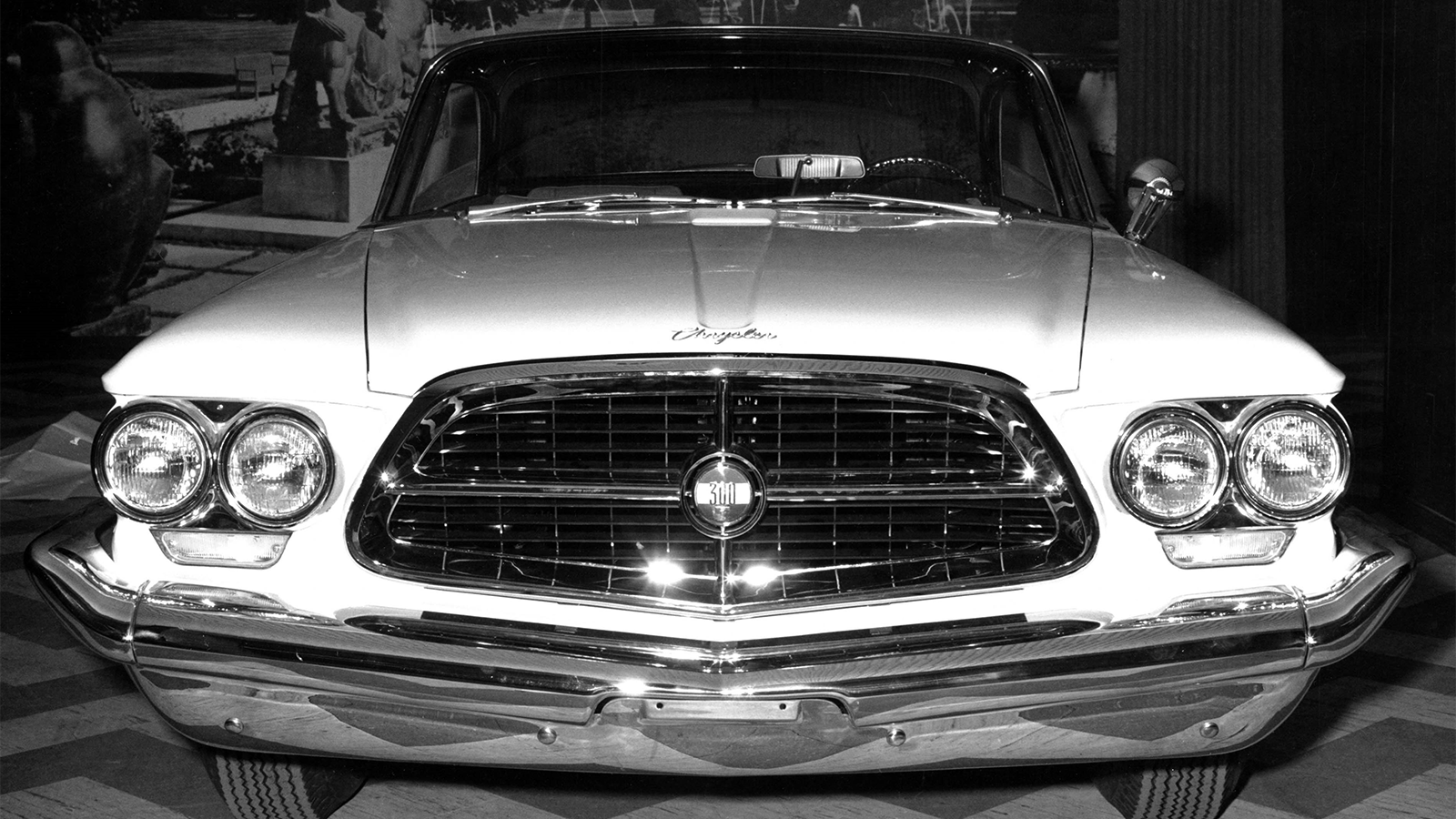 © Stellantis Historical Services
© Stellantis Historical Services -
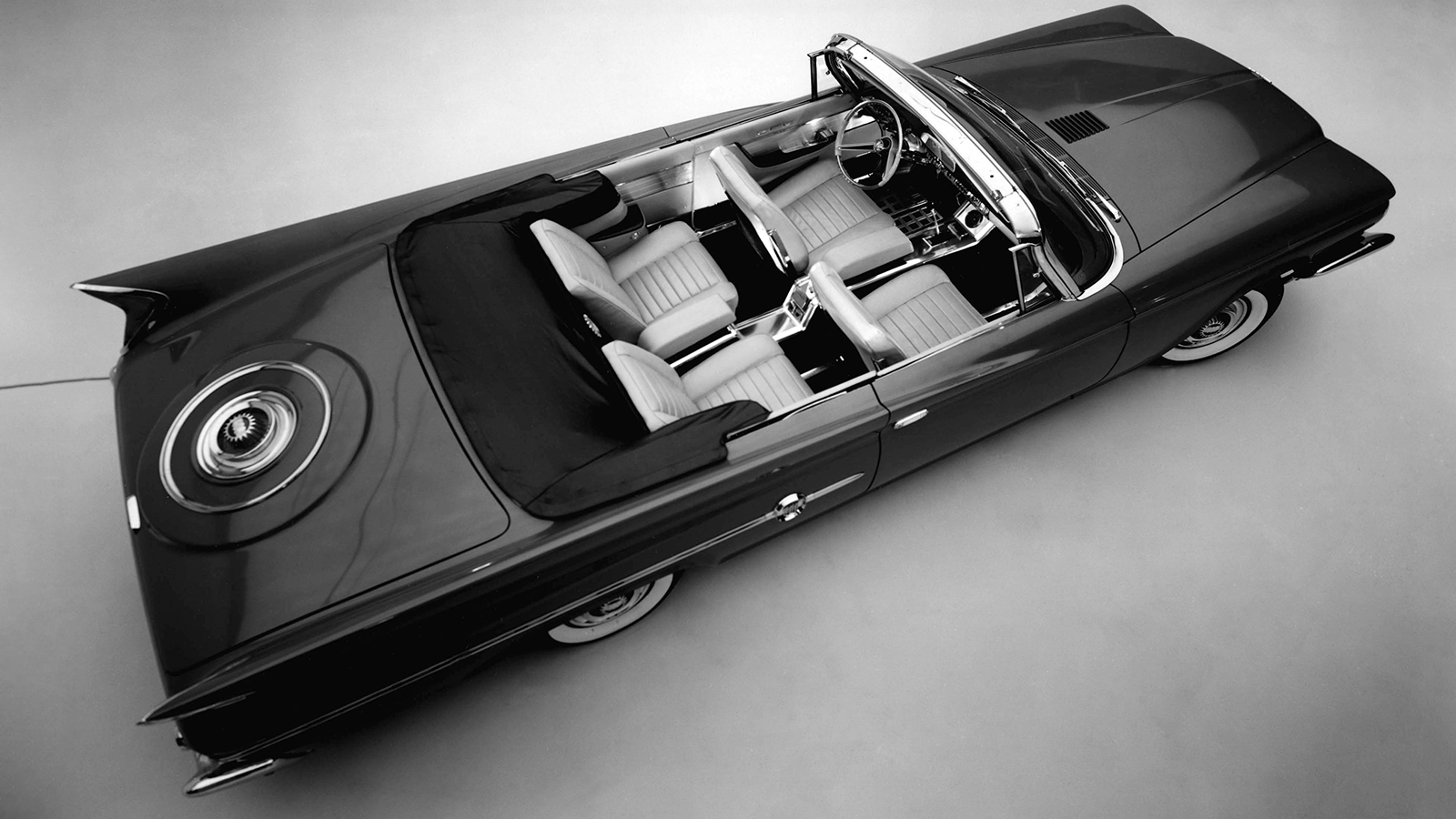 © Stellantis Historical Services
© Stellantis Historical Services -
 © Stellantis Historical Services
© Stellantis Historical Services -
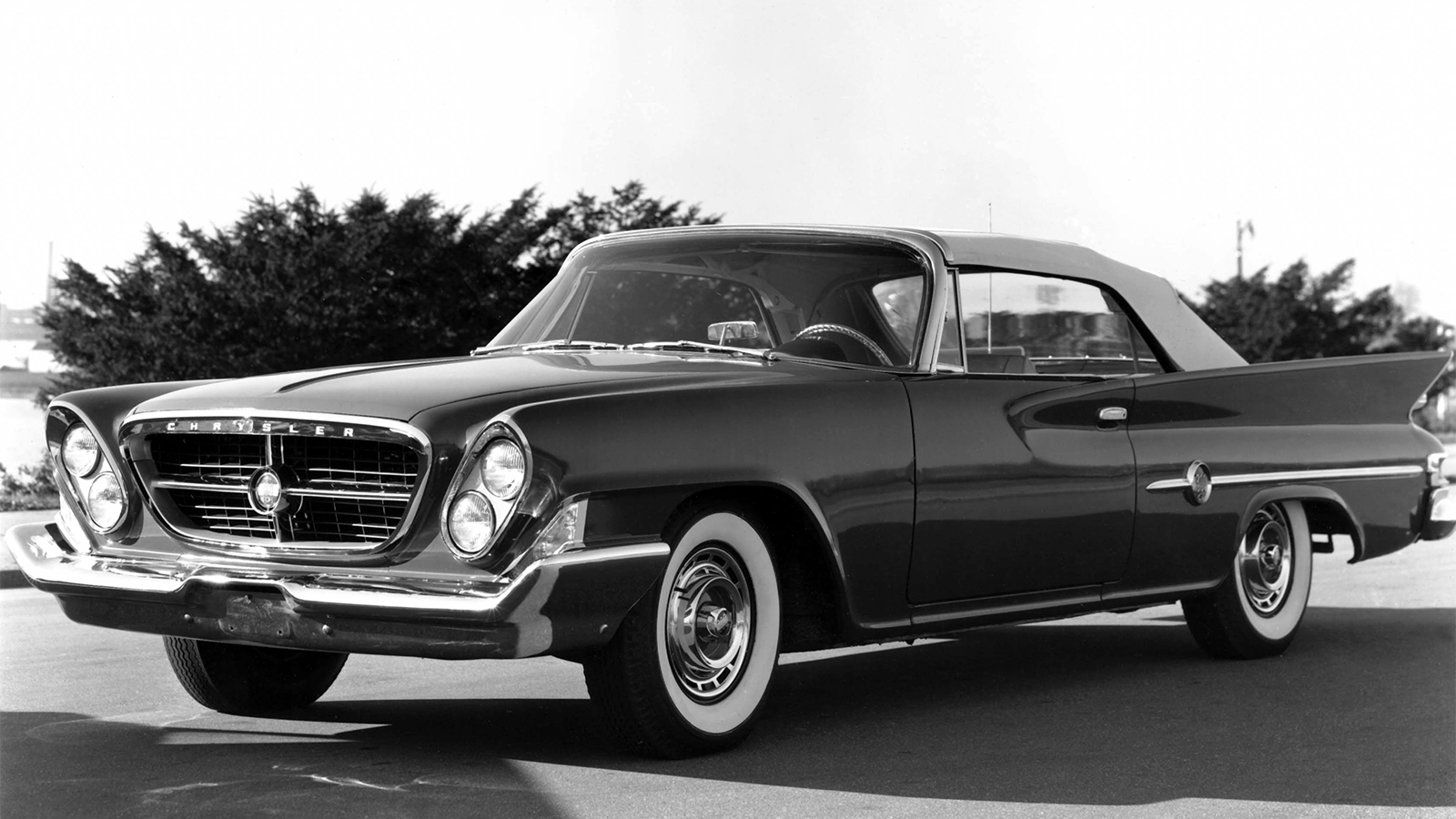 © Stellantis Historical Services
© Stellantis Historical Services -
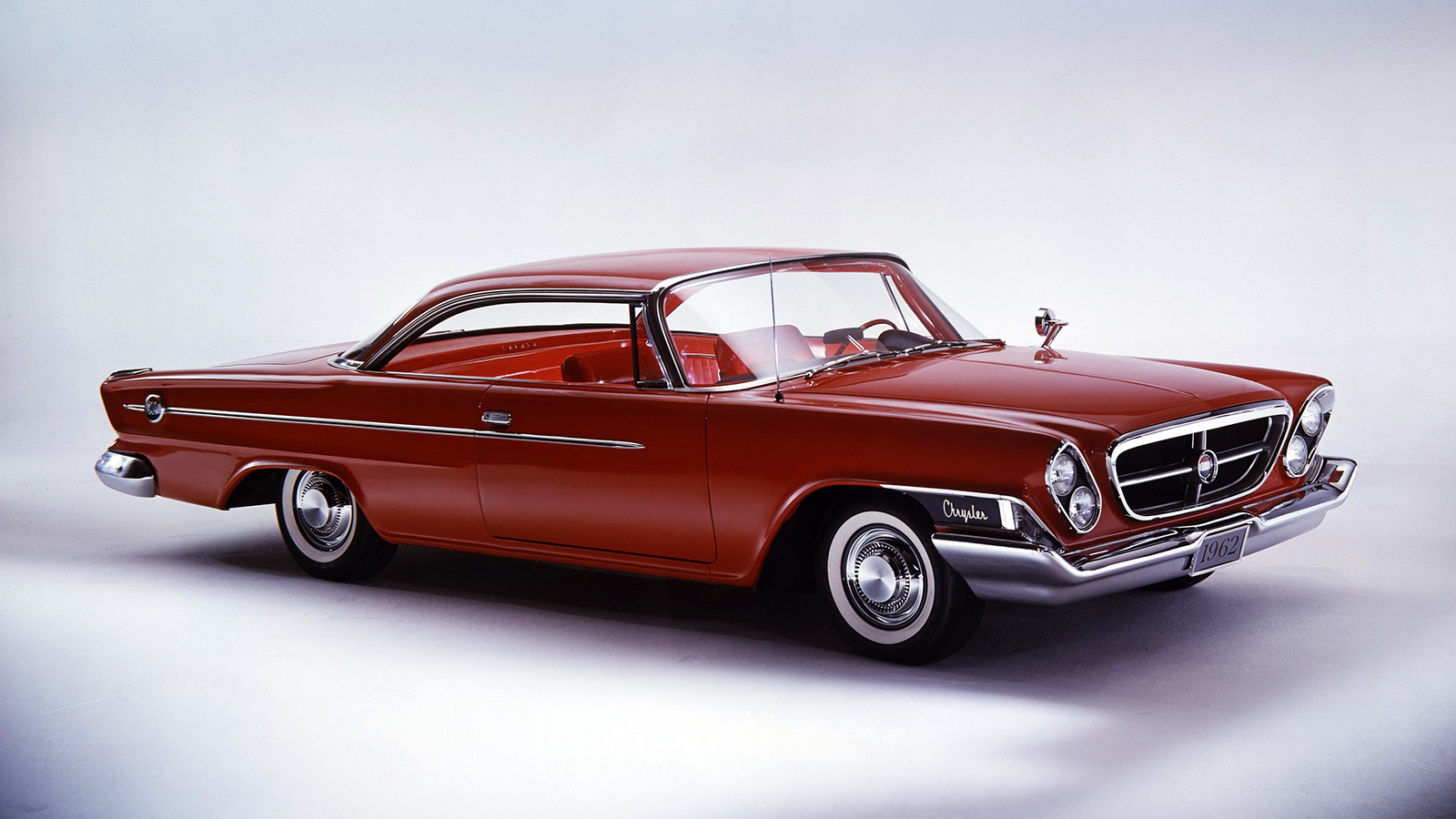 © Stellantis Historical Services
© Stellantis Historical Services -
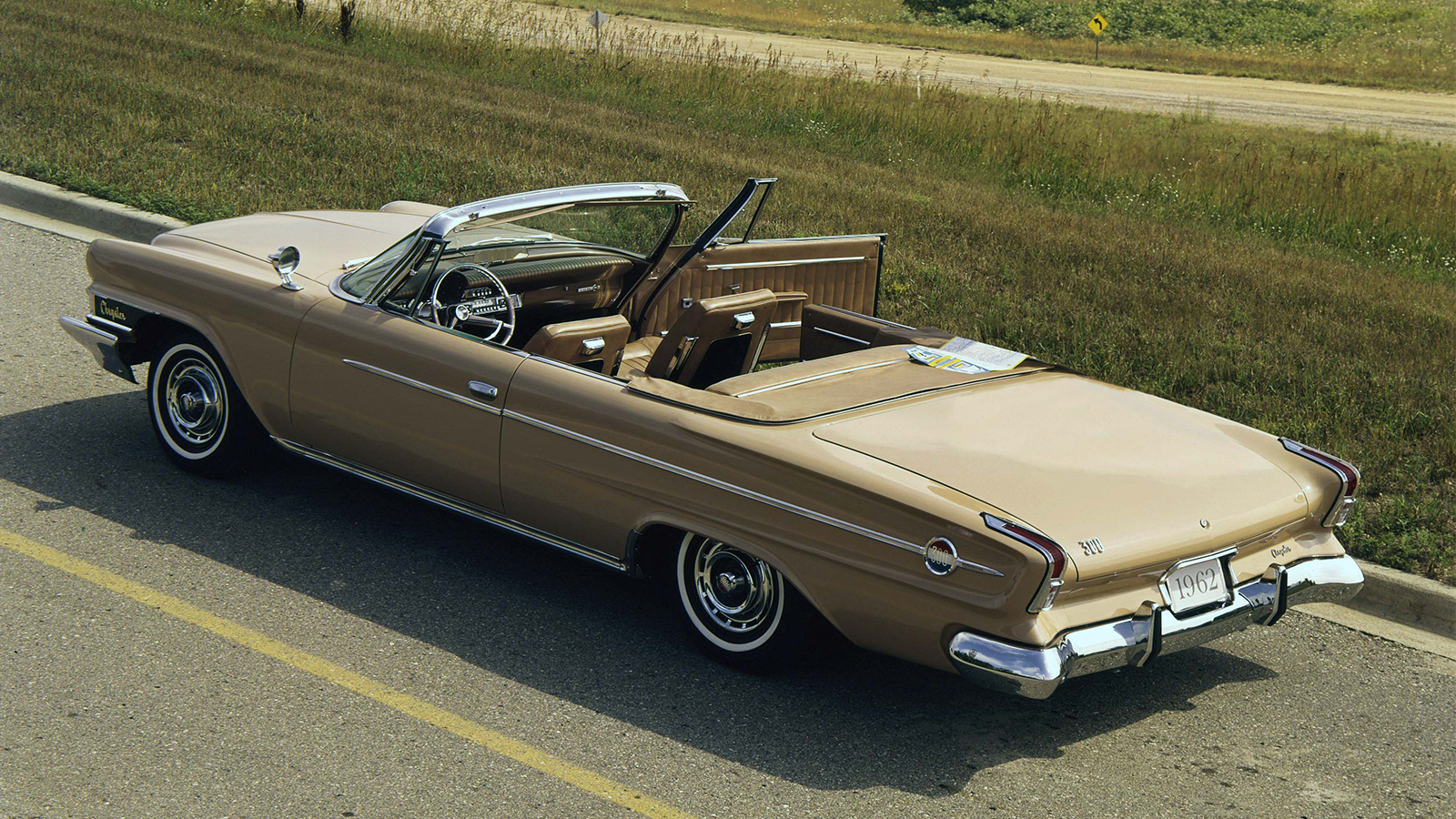 © Stellantis Historical Services
© Stellantis Historical Services -
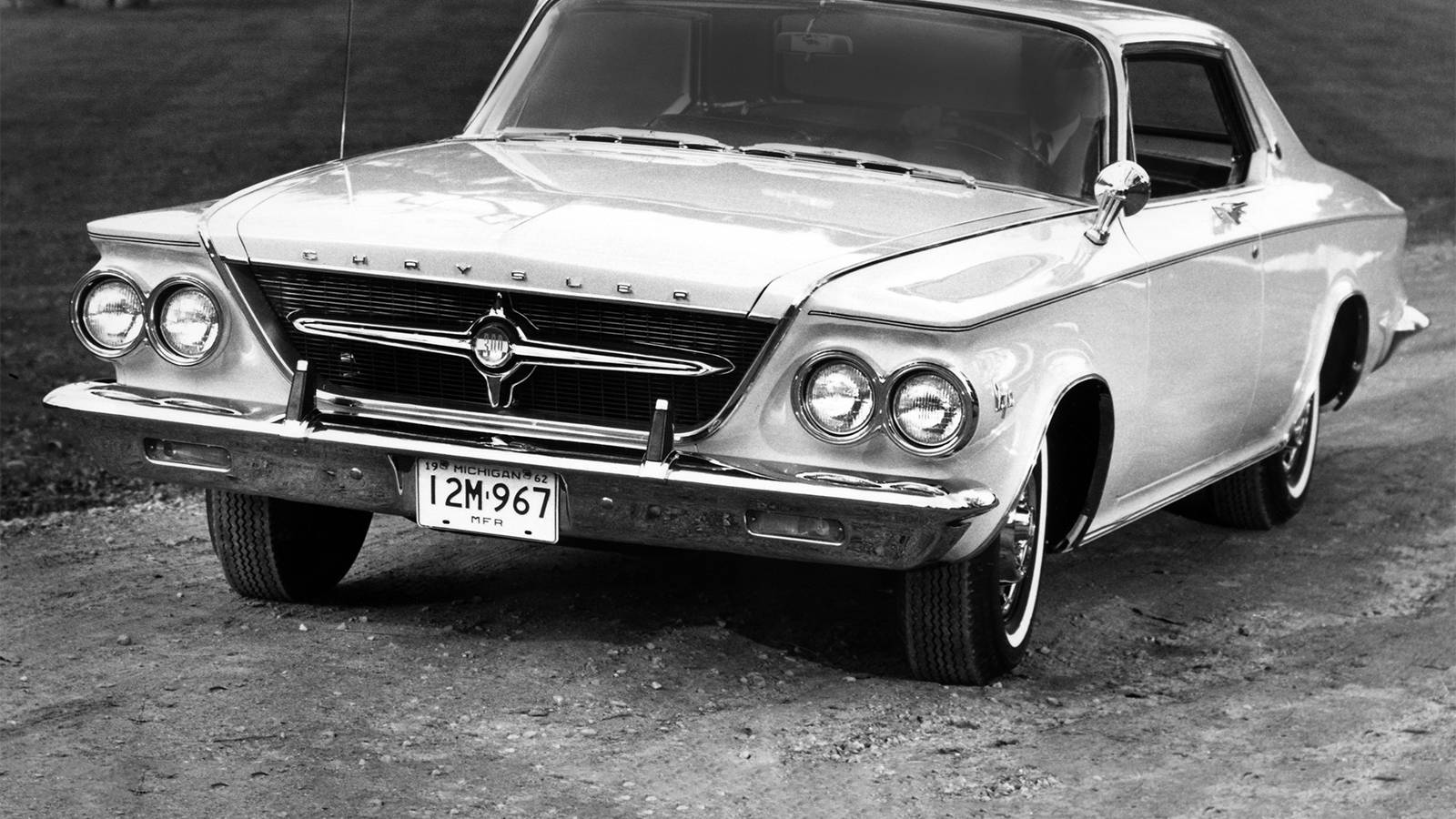 © Stellantis Historical Services
© Stellantis Historical Services -
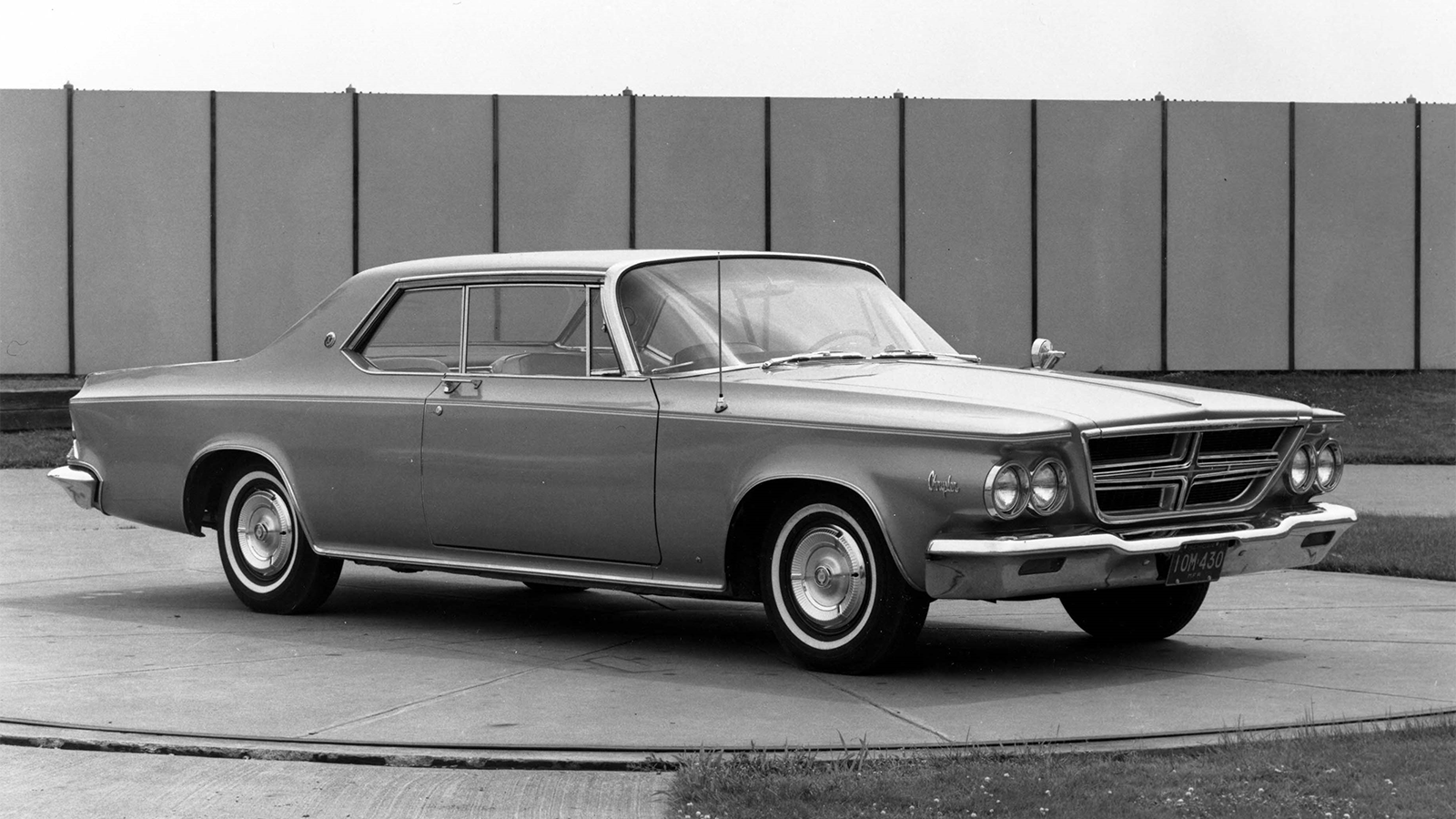 © Stellantis Historical Services
© Stellantis Historical Services -
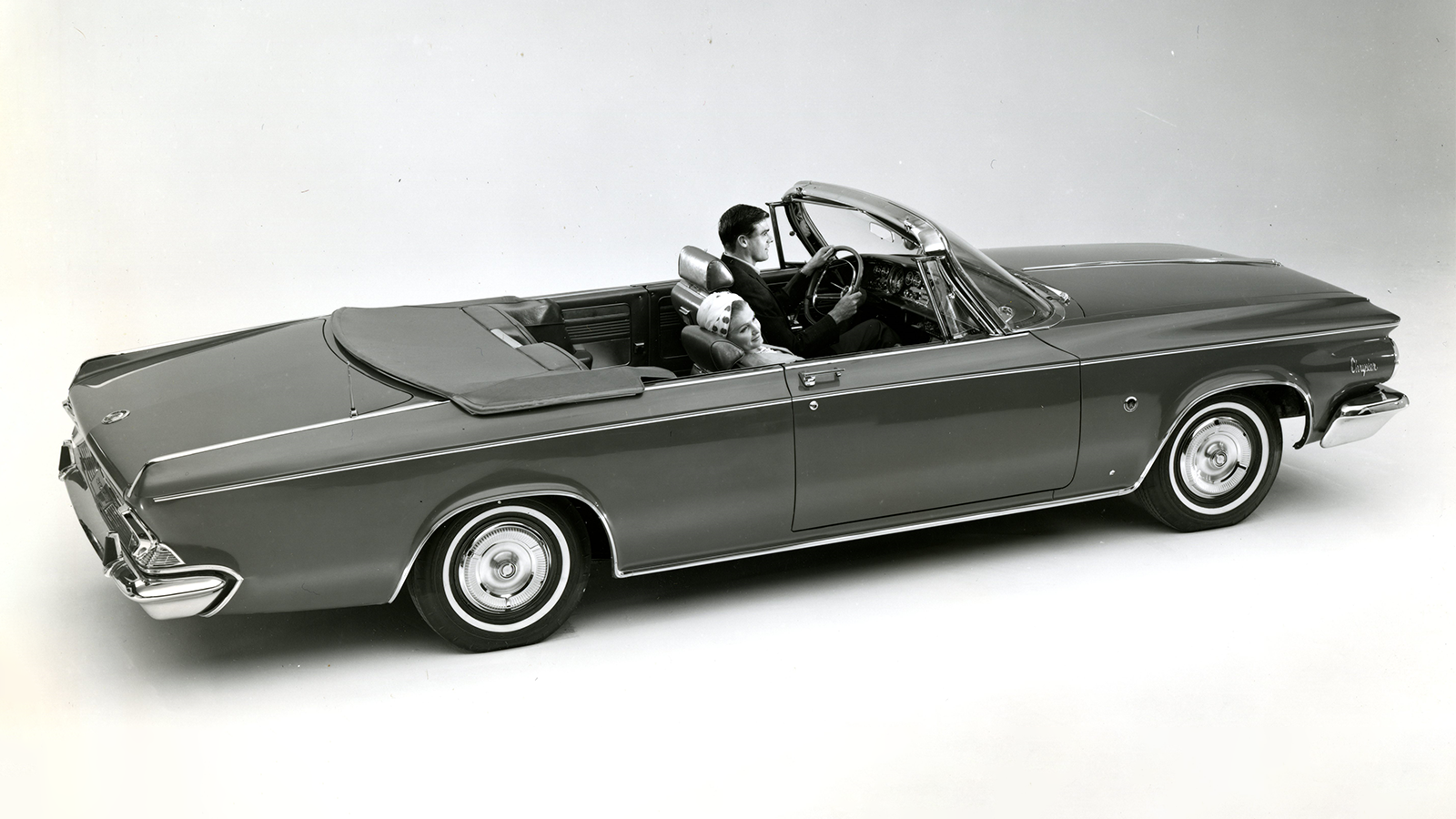 © Stellantis Historical Services
© Stellantis Historical Services -
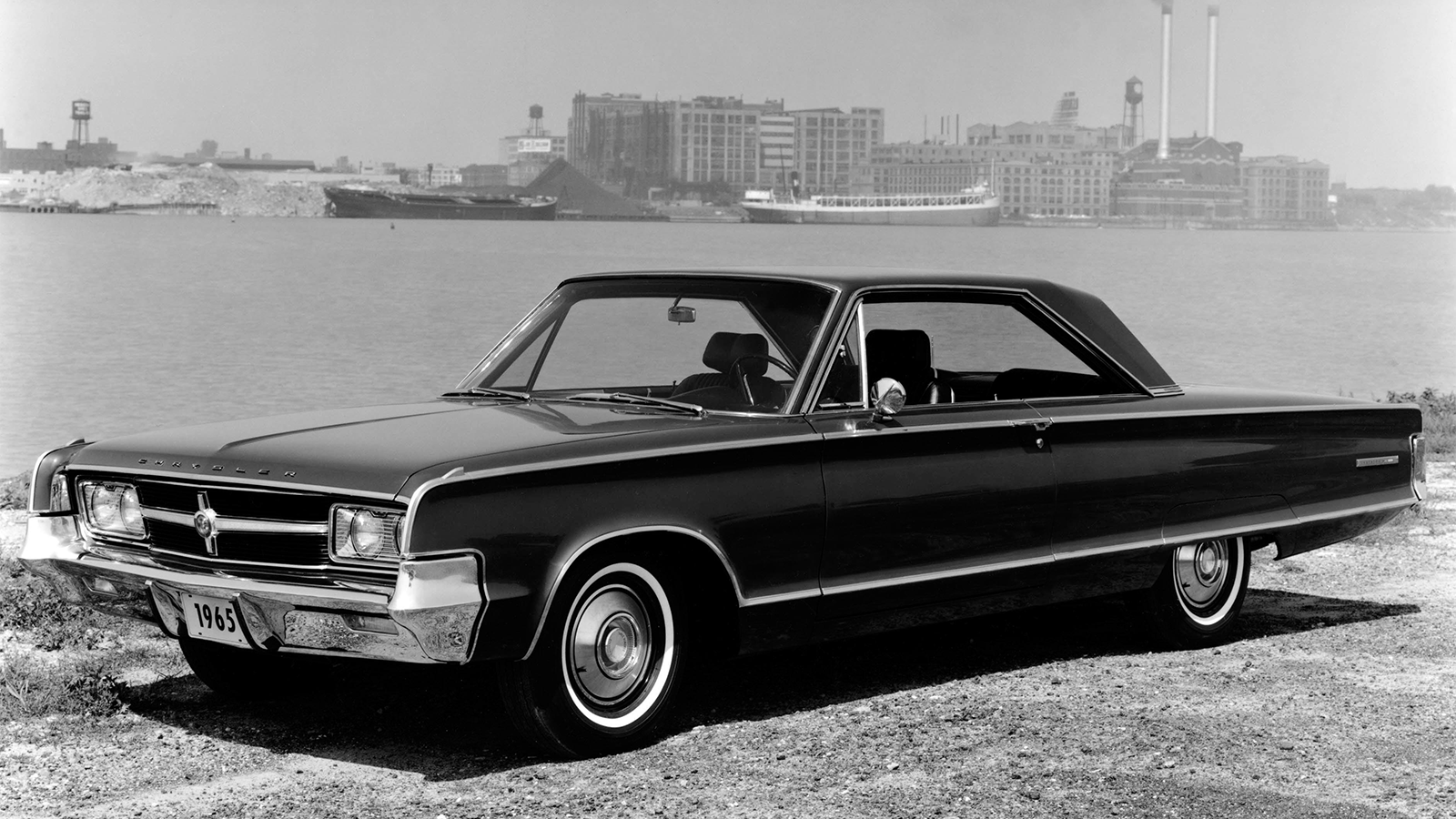 © Stellantis Historical Services
© Stellantis Historical Services -
 © Stellantis Historical Services
© Stellantis Historical Services -
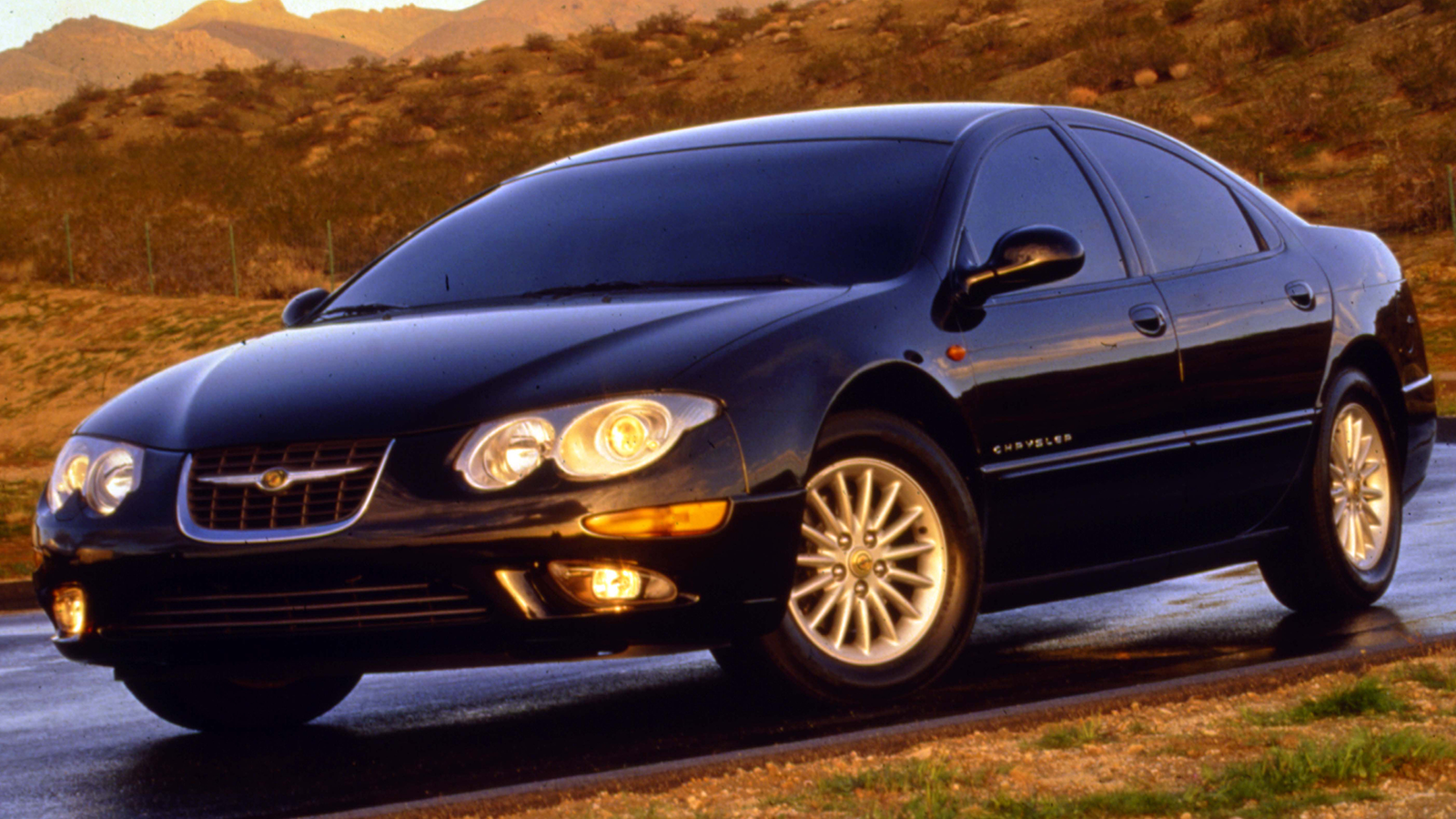 © Stellantis Historical Services
© Stellantis Historical Services
-
As easy as A, B, C…
In 1950s America, the size of a car and its performance were paramount for buyers.
Fuel was cheap, and so was steel, so manufacturers obliged by producing outrageous designs, powered by ever-larger V8 engines.
And Chrysler – one of Detroit’s Big Four manufacturers – wasted no time in exploiting America’s craving for automotive excess.
In 1955, it launched the first 300 model in what was to become a legendary series, with every new type denoted by a letter of the alphabet, changing each year to satisfy buyers’ demand for something fresher and faster.
Strangely, the first model was never branded ‘A’, but all the others, from ‘B’ to ‘M’, including the occasional convertible derivative, are here for your viewing pleasure – and, of course, they are in alphabetical order.
-
1955 Chrysler C-300
Effectively the ‘300A’, Chrysler’s first letter-series model was based on its existing New Yorker, with the ‘300’ moniker – which remained throughout the series – denoting the 300bhp produced by its 5.4-litre FirePower ‘Hemi’ V8 engine.
The Virgil Exner-designed C-300 was essentially a racing car for the road, conceived to homologate the model for NASCAR circuits, and with its stiffer suspension and open exhaust it was to be one of the most hardcore models in the letter series.
While only 1725 C-300s were sold, its performance – 127.58 mph in the flying mile – created just the kind of stir that Chrysler wanted, and laid a platform that was to last for the ensuing decade, and beyond.
-
1956 Chrysler 300B
Subtle styling changes, including more prominent rear wing-tips, visually distinguished the B, but under the handsome body lurked more important upgrades.
With its larger 5.8-litre Hemi V8, the 300B became the first American car to produce 1bhp per cubic inch (354cu in almost equalled 355bhp).
And fitted with a three-speed manual gearbox (auto was optional), this meant the B could hit 140mph in a flying mile. Extraordinary performance for a production car nearly 70 years ago.
-
1957 Chrysler 300C
The 300C did away with any pretensions of subtlety. Virgil Exner’s ‘Forward Look’ design gifted the C with prominent rising rear wings, a gaping trapezoidal front grille and dual headlights; ‘300C’ medallions also now appeared on the sides, bonnet and boot.
Once again, the Hemi V8’s displacement increased, this time to 6.4 litres, with a rise in power to 375bhp (or up to 390bhp in limited-edition spec).
While the C remained a body-on-frame model, it was the first 300 to do away with coil-sprung front suspension, replacing it with an all-new torsion bar set-up, known as ‘Torsion-Aire’.
-
1957 Chrysler 300C Convertible
For the first time, a letter-series Chrysler was available as a convertible.
Based on the 300C, the 18ft 3in drop-top was mechanically identical, but weighed an additional 155lb due to its hood mechanism and chassis strengthening.
Costing $5359 – $430 more than the hardtop ‘C’ – the 300C Convertible could be optioned with a Highway Hi-Fi record player for the ultimate boulevardier cruising experience.
Chrysler built 484 300C Convertibles.
-
1958 Chrysler 300D
The ‘D’ was the last 300 model to use the FirePower V8 engine, and while its capacity remained the same at 6.4 litres, power rose once again, this time to 380bhp.
Optional fuel injection was also offered, though this proved unreliable, and most vehicles were retrofitted with dual four-barrel carburettors.
Blisteringly fast, one 300D was driven to 156.387mph at Bonneville Salt Flats.
-
1958 Chrysler 300D Convertible
Faced with competition from Mercury and the Ford Thunderbird – and an eye-watering $5603 list price – only 191 300D Convertibles were sold, making them immensely rare today.
But, like its hardtop sibling, the 300D was extravagantly equipped as standard with air conditioning, a power-deploying radio antenna, Auto-Pilot cruise control, a power-adjustable driver’s seat and a limited-slip differential – useful when deploying all those 380 horses.
-
1959 Chrysler 300E
The Chrysler 300E was a first and last model.
It introduced the new Golden Lion wedge-head V8 engine, bringing capacity up to 6.8 litres, and it was the final outing for body-on-frame construction in the 300 series.
Visually, only minor styling changes were made externally, including a grille featuring horizontal red bars replacing the previous ‘eggcrate’ design.
Goodyear Blue Streak bias-ply tyres on 14in wheels were now standard.
-
1959 Chrysler 300E Convertible
Weighing a mere 60lb more than the hardtop, the 300E Convertible remained mechanically identical, and cost $5749, a $430 premium over its sibling.
Performance was still prodigious, but it was clear that the Convertible, like all 300s, was becoming more luxury and lifestyle-focused.
Among myriad upgrades made to both the 300E Convertible and hardtop’s interiors were such niceties as power-adjustable swivel seats, which synchronised to the opening of the doors.
-
1960 Chrysler 300F
Virgil Exner gave the ‘F’ a sharper look, with outward-tilting rear fins that threatened to slice the limbs from nearby pedestrians, as well as a front grille that now adopted Chrysler’s corporate look, instead of being unique to the 300.
Importantly, it also introduced the company’s new lightweight unibody construction.
The ‘F’ car’s wedge-head V8, while still displacing 6.8 litres, now benefited from Chrysler’s new cross-ram intake system, which forced more air into the cylinders at any given speed.
An optional 400bhp ‘short ram’ engine was also available.
-
1960 Chrysler 300F Convertible
The 300F Convertible was arguably the fastest and most opulent drop-top available in the US at the start of the 1960s.
Like its hardtop sibling, the ‘F’ Convertible’s cabin introduced a full-length console running from dash to rear seatback, and the new ‘AstraDome’ instrument cluster with ‘Panelescent Lighting’.
The dash also incorporated pushbutton controls for the three-speed TorqueFlite automatic gearbox.
-
1961 Chrysler 300G
While the ‘G’ retained the previous 300’s mechanical hardware, and the same platform was carried over, Virgil Exner’s design team gave the ‘G’ a new face, with a restyled front grille and dual headlights set atop one another, rather than side-by-side.
A special-order manual three-speed Chrysler gearbox was now available for competition use, and with the potential of a 143mph top speed, as tested at Daytona Beach in ’61, you could see why…
-
1961 Chrysler 300G Convertible
Mirroring the 300G hardtop, the Convertible model was now available with a new colour palette, including Formal Black, Mardi Gras Red and Alaskan White, while the standard interior trim remained as tan leather.
To help brake cooling – the Convertible 300G now weighed 4315lb – slotted hub caps and pressed-steel wheels were introduced for both models.
-
1962 Chrysler 300H
Fins were out for the 300H, representing a US industry move away from the space-age body addenda that had dominated car design since the previous decade.
In their place were more graceful and subtle design cues, giving the ‘H’ a more cohesive look.
It was also a 300lb lighter car than the 300G, thanks to sharing a shorter (122in) wheelbase with the Chrysler Newport.
That also meant it was quicker than its predecessor, despite the cross-ram engine now being optional, and a reversion to the dual four-barrel carburettor set-up as standard.
-
1962 Chrysler 300H Convertible
Despite adopting the more efficient attributes of the 300H hardtop, as well as a reduction in price, the 300H Convertible was Chrysler’s slowest-selling letter-series model, with a mere 135 cars finding buyers.
The range waters had also been muddied by the launch of the 300 Sport Series, which effectively mirrored the 300H Convertible and hardtop, without some of the latter’s lavish standard equipment.
So was the letter series on the wane?
-
1963 Chrysler 300J
No, not quite, there was yet life in the letter series.
Built around Chrysler’s all-new C platform, the J’s (‘I’ was skipped to avoid confusion with the number one) more angular body, with its broad C pillars and minimal chromework, was to be Virgil Exner’s parting shot before retirement.
Previous reliability concerns were also addressed with a five-year/50,000-mile warranty – a unique offering among its rivals.
But despite a 142mph top speed and a 0-60mph time of 8 secs, powered by its default 6.8-litre ram-induction V8, sales were poor, and only 400 Js were sold.
-
1964 Chrysler 300K
Chrysler needed a different marketing approach to keep the letter series buoyant.
While the new 300K – identifiable by its trapezoidal, instead of round, tail-lights – reverted to a single Carter four-barrel carburettor, with ‘cross-ram’ induction an option, slashing the entry price by more than $1000 boosted sales enormously. By the end of the K’s run, 3022 hardtops had been sold.
Buyers could even order a special Silver Edition 300K hardtop in Silver Mist metallic, with a half-vinyl roof covering and bucket front seats, reclinable for the passenger.
-
1964 Chrysler 300K Convertible
The 300K Convertible marked a return to open-topped letter-series models after it had been dropped for the J.
Like its hardtop sibling, the K Convertible was also a big seller, a total of 625 units sold.
In line with a similar price reduction to the hardtop, standard leather trim was replaced by vinyl, and the TorqueFlite’s pushbutton selector was swapped for a console-mounted lever.
-
1965 Chrysler 300L
Arguably, this was the last dyed-in-the-wool 300 letter-series Chrysler, with a fresh body design by Elwood Engel, successor to Virgil Exner.
The L grew by three inches overall, with crease lines in its roof panel for the then-popular ‘convertible look’.
Power came from the carry-over, single-carb, 6.8-litre V8, delivering 360bhp to the rear axle via either the standard three-speed TorqueFlite ’box, or a no-cost-option four-speed manual with a Hurst shift linkage.
-
1965 Chrysler 300L Convertible
Like its hardtop sibling, the 300L Convertible had lost the absolute exclusivity of earlier letter-series cars, so it was perhaps no surprise that, until our next and final model appeared at the turn of the century, the ‘L’ range was the last of the line.
With letter-series features now optioned on lesser 300 models, the only elements truly unique to the 300L Convertible were its badging and a red beltline moulding.
Despite this, the Chrysler 300L range sold well, with 440 Convertibles and 2405 hardtops produced.
-
1999 Chrysler 300M
In 1965, Chrysler had considered a proposal to take the letter series back to its competition roots for the following year’s 300M, equipping it with a 425bhp 7-litre Hemi engine as an option.
But by then the letter-series’ cred had been diminished so much that the plan was taken no further.
However, in 1999, the series did have one final 20th-century outing.
Based on the Chrysler’s front-drive LH platform, the latter-day 300M packed a humble 259bhp, 3.5-litre V6 engine and was closely related to Chrysler’s Concorde and Dodge Intrepid models.
